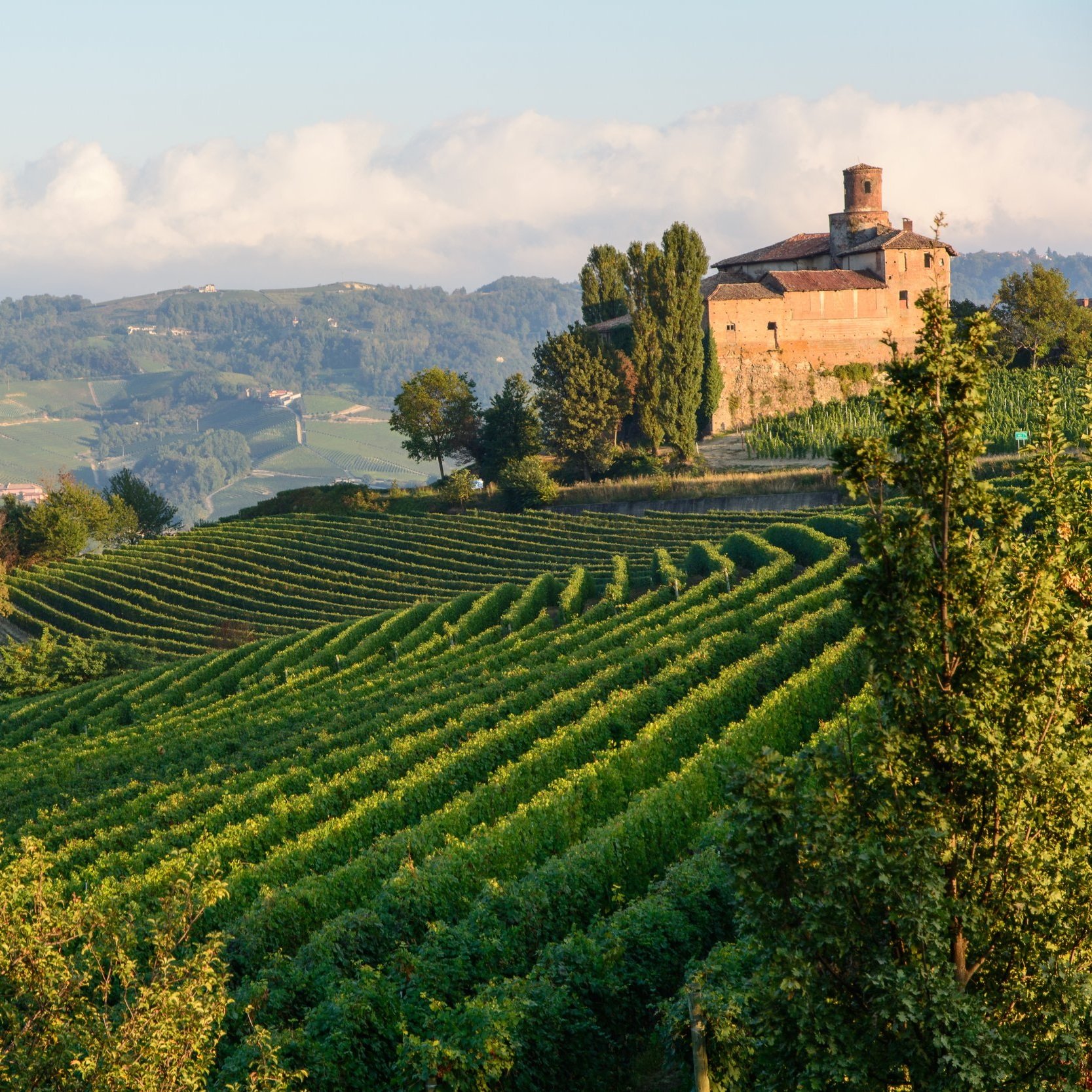Barolo
by Seema Tikare
I ‘fess up. The first time I tasted a Barolo, I hated it! Everyone I knew raved about the cherries and the roses and tar, the ethereal scents, the big, bold flavors, the fine-tuned balance, the long and lovely finish. I tasted it and I thought – what?? I was so disappointed. It was sour and astringent and while it smelled wonderful, on my palate it felt like a layer of skin had been taken off.
But there are reasons for my experience. Barolo is not a wine for a novice. It is, first of all, expensive. The area of Barolo is small compared to other wine regions. The grape from which it is made, Nebbiolo, is finicky and has been found to thrive in few other areas outside of its home in Piedmont, Italy. The limestone-rich soils in the area come in two varieties. Tortonian, which is more fertile and compact, and Helvetian, which is poorer and looser. Both produce this distinctive wine, but the Tortonian allows more perfumed, fruitier and softer expressions, while the Helvetian lends itself to more powerful, weightier versions requiring more aging.
My initial experience was with a Barolo that was only a few years old – I am not sure what producer or vintage it was at this point – and it was not for the untutored palate. I should have had it when I had either more information about it or when I had a guide with whom to taste it. Only after years of developing my palate did I come to understand how people could wax so poetic about it. It is a wine that requires long aging to soften the ferocious tannins and to integrate the high acidity with the beautiful floral, fruit and herbal tea aromas. Barolo, by law, must be aged 38 months before release, with at least 18 months in barrel. Barolo Riserva requires a gargantuan 62 months of aging. And the aging is necessary – a young Barolo benefits neither the drinker nor reputation of the wine.
While aging 10 years or so after release is certainly warranted, aging longer can bring out an amazing complexity, which is the also the beauty of Barolo. I recently had the privilege to try some older Barolos – a 1990, a 1978 and a 1971 – from the cellar of my guru, Bill Nesto. Listening to him speak about the wines is always educational, but also often captivating. The lesson I have learned from tasting such old wines is that younger wines are like younger people – more exuberant, with an unrefined vibrancy and greater vigor, but perhaps with less depth and subtlety. Older wines, by contrast, take a bit longer to get to know. They are more reticent to reveal themselves, but once they open up, they reveal complexity and a layered set of expressions. Every sniff brings a new aroma – cherries, black tea, orange blossoms, bergamot, mushroom, perhaps a bit of jam and dried violets on the finish. And every sip fills your palate from front to back with sensations and flavors, velvety mouthfeel, a bit of acid bite still, but smoothed out by all the integrated fruit and herbs.
At our tasting, we debated whether one should have food with these wines, or savor them on their own. The group was an experienced set of wine tasters, yet we all came to different conclusions. All of us agreed that the subtleties and nuance could easily be lost if you were not paying attention.
So now that I understand Barolo a bit better, here is my advice to you dear consumer. Wait. Buy it and treasure it. It will cost a hefty bit – usually in the $80 - $100 (or more) range for a good, recent release. And it might tempt you to drink it right away – after all it will have been aged for at least 3 years already before release. But still, wait. As long as you possibly can. This is definitely a wine that improves with age. And it will be worth it.

